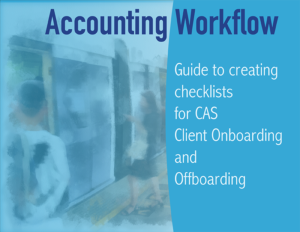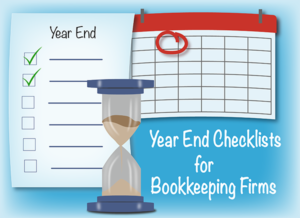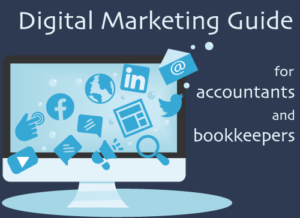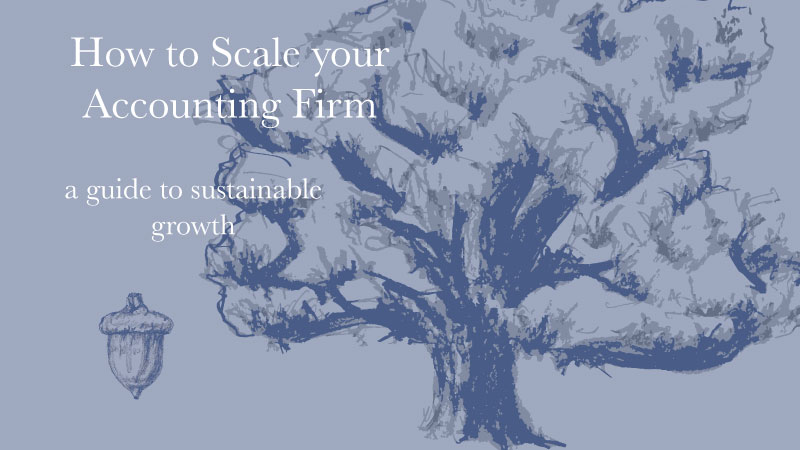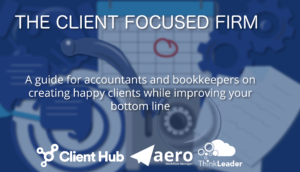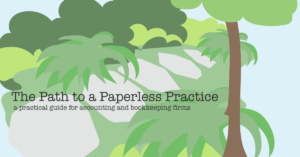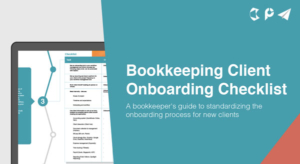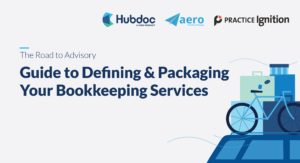Accountants, the busy season is approaching…
Year-end can be a rough, stressful time when it comes to bookkeeping, which is why it’s important to get a head start. Creating thorough checklists ahead of time will help you make sure you don’t forget any vital steps in your processes. Need some help getting started? We’ve got some things you might want to keep in mind as you get your lists together.
Get the documents you need
We know how overwhelming the paperwork can be at year-end. The good news is that the pile of messy papers on your desk can become a bit more manageable with some preliminary organization. In your checklist for this stage, make a list of all the documentation you need from your clients. Gathering income statements, balance sheets, and cash flow statements may seem like a no-brainer. However, it’s best to explicitly write down what you need. Accountants may be superheroes in their clients’ lives… But we’re all human, and forgetting steps in our processes can set us back quite a bit in the busy season.
Next, you’ll want to write down where you plan to store those documents. After you check off that you’ve collected a balance sheet from that heating and air company you work with, the next step should tell you to place that balance sheet either in a specific physical folder OR in your preferred digital storage space. Then, as you’re working through your client’s information, you can refer back to your checklist to see where everything is.
Communicating with clients
Having a plan for communicating with your clients is vital to ensure their satisfaction. Write down what you think your clients need to know as you help them wrap up their fiscal year. What deadlines do they need to know? What information should they be collecting for you? While you might already be making notes to yourself to collect financial information, it’s important to also let your clients know what is needed ahead of time. On your checklist for this stage, write down when you want to get in touch with them and how you plan to communicate with them. Do you need to meet with Mr. Jason Smith from the roofing company in the middle of November to discuss cash flow and gather employee information? If so, write that down.
Do the internal work
While making checklists can help you with client work, they can also be essential to your own business. Have you gathered all your firm’s information? Employee information? Have you checked your payroll records for accuracy? The attention to detail that you give your clients should also be paid to your firm, which means creating checklists for internal procedures as well.
Lastly…have you done your research?
Laws are constantly changing, so you’ll want to make a list of all the things you’ll need to be updated on before tax season starts. For your checklist, write down the things you want to check on. This could be as simple as scanning AccountingWeb or Woodard for any recent news you might need to be aware of and then creating a list item for diving deeper into research on any important changes.
Whew. We know: it’s a lot, and no one wants to think about year-end until they absolutely have to. Trust us — we’ve been there. But going ahead and getting your checklists ready is a great way to plan ahead and reduce some of that stress later on.
Use any of our preparation tips or have some of your own? Tell us down below!



